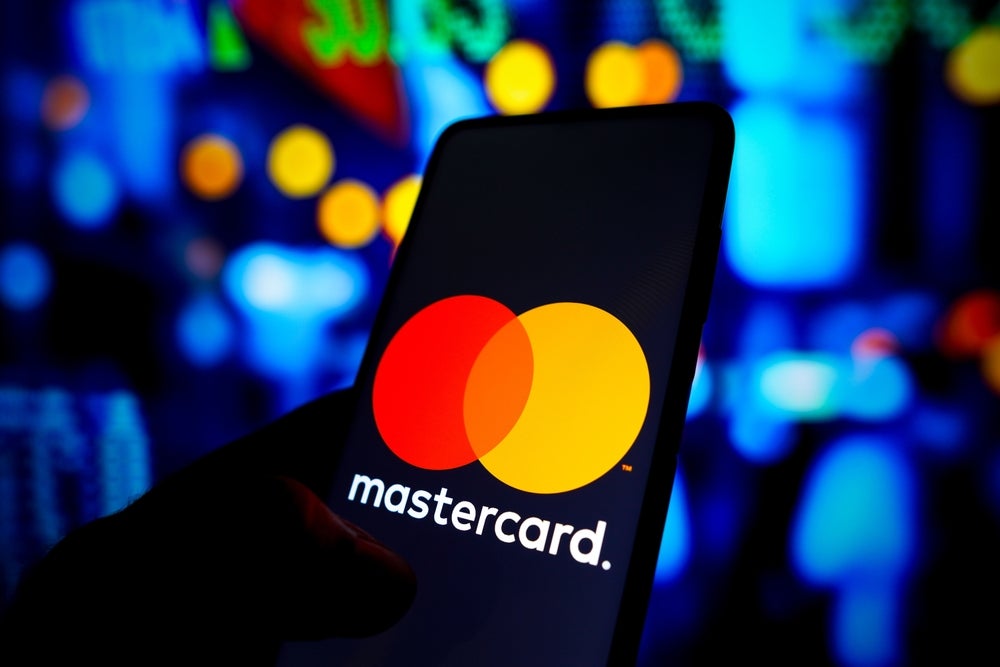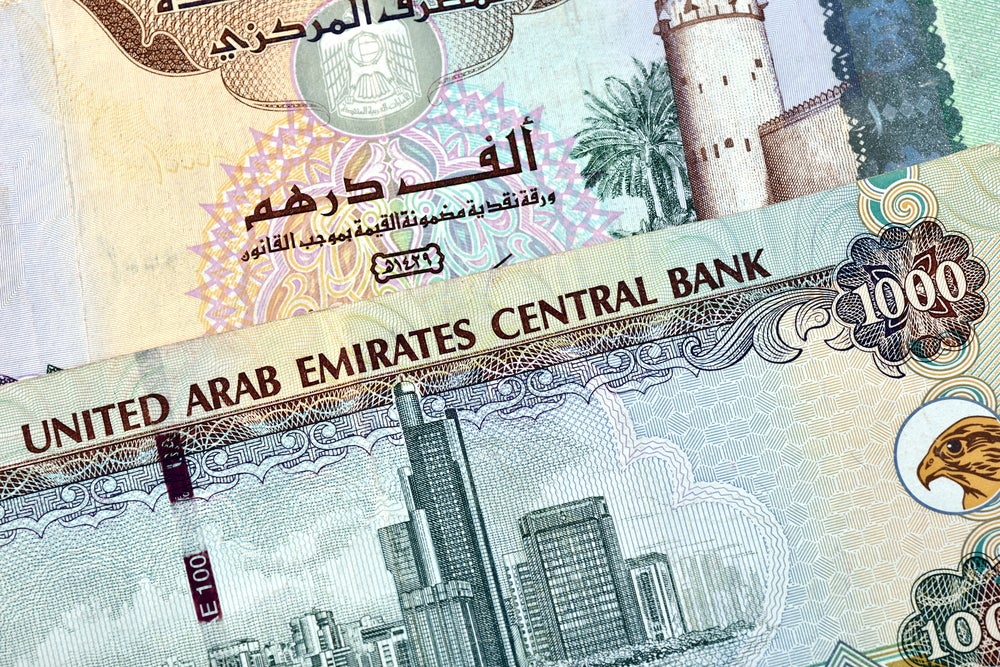Although small in size, the Philippines’ credit card market is poised for growth due to the implementation of the central bank’s Interbank Debt Relief Programme which has calmed a consumer aversion to borrowing. Can credit cards maintain this positive trajectory, or will alternatives steal the show?
Cash continues to be the most popular consumer payment instrument in the Philippines, particularly in rural areas. In total, it accounts for an overwhelming 99.5% of the country’s total payment transaction volume, primarily as a result of a lack of banking infrastructure, highly limited consumer awareness of electronic payments, and restricted acceptance at retailers.
Cash’s share is set to gradually decline between 2017 and 2021 due to the central bank’s financial inclusion programme. The emergence of contactless technology is also expected to support payment card growth.

The unbanked – a large untapped market
The percentage of the population aged 15 or above with a bank account was 34.3% in 2016. The government has launched a number of initiatives, programmes and policies to bring a greater proportion of the population into the formal banking system.
The Philippine Development Plan 2011–2016 includes the promotion and delivery of financial services in rural areas, financial literacy programmes, consumer education, and the development of loan and banking products to meet the needs of women, and low-income and disabled individuals.
How well do you really know your competitors?
Access the most comprehensive Company Profiles on the market, powered by GlobalData. Save hours of research. Gain competitive edge.

Thank you!
Your download email will arrive shortly
Not ready to buy yet? Download a free sample
We are confident about the unique quality of our Company Profiles. However, we want you to make the most beneficial decision for your business, so we offer a free sample that you can download by submitting the below form
By GlobalDataAs part of the government’s financial inclusion plan, a number of micro-banking offices, microfinance providers, pawn shops, and remittance agents are being employed to provide access to financial services in un- or underserved areas. The growth of electronic money will bring more people into the formal banking system.
Rising inflow of remittances
Remittances form a key part of the Philippines’ economy, accounting for 10% of the country’s GDP.
Remittances also play an important role in driving growth in the debit cards market, as many Filipinos emigrate. Inward remittances rose from $24.6bn in 2012 to $27.9bn in 2016, and are expected to grow as more Filipinos seek work abroad.
With rising migration rates, many banks offer bank accounts and debit cards that facilitate money transfers to beneficiaries back home. Land Bank of the Philippines has formed a partnership with Trans-Fast Remittance LLC, a provider of multicurrency cross-border payments solutions in September 2015, to enable remittance transfers for Trans-Fast customers. The partnership enables Filipinos in the US and Canada to use Trans-Fast to make real-time instant transfers into Land Bank of the Philippines accounts. Funds can then be withdrawn with a debit card.

Robust credit card market growth
Debit cards remained the largest card type in terms of transaction value with an 81.7% share, a proportion that is expected to grow over the next five years as more of the unbanked population is brought into the formal banking system.
Although small in size, the credit cards market registered robust growth between 2012 and 2016, both in terms of transaction value and volume.
Such growth can be attributed to economic expansion and a steady rise in the middle-class and young working populations.
Monthly instalment facilities and pricing benefits such as annual fee waivers, reward programmes and cashback are also driving credit card transactions.
The enactment of the central bank’s Interbank Debt Relief Programme to control credit card debt, and the arrival of global credit bureaux, are expected to strengthen the market.
Alternatives gain prominence
Rising preference for electronic payments with enhanced security features, coupled with growth in the young population and smartphone penetration, saw banks, payment service providers and telecoms companies launch solutions.
Philippines-based telecoms provider Globe Telecom partnered with Fortumo, an Estonia-based mobile payments solution provider, to introduce direct carrier billing in June 2016. A number of mobile and digital wallets are available in the market, including PayPal, GCash, Straight2Bank, Smart Money and PayMaya.
E-commerce to support growth
The Philippines’ e-commerce market is one of the fastest growing in Southeast Asia, primarily driven by increases in online and smartphone use. The value of e-commerce rose from $1.2bn in 2012 to $3.6bn in 2016, at a CAGR of 31.10%; it is expected to reach $10.6bn by the end of 2021.
The fast-growing e-commerce market is acting as a driver of payment card market growth, as most users make online purchases. Payment cards accounted for 41.2% of the total e-commerce transaction value in 2016.
Banks also offer exclusive cards for online purchases. Rizal Commercial Banking Corporation offers a MasterCard-branded web shopper card with no annual membership fee, and a maximum credit limit of $636.10. Cardholders receive reward points when they make online purchases.
In addition to payment cards, digital, mobile wallets and carrier billing are gaining prominence, and collectively accounted for 22.0% of the total e-commerce transaction value in 2016, increasing from 15.7% in 2012.
Digital wallets such as Smart Money and GCash are becoming popular for online purchases, mainly as a result of the added security and convenience they offer.








